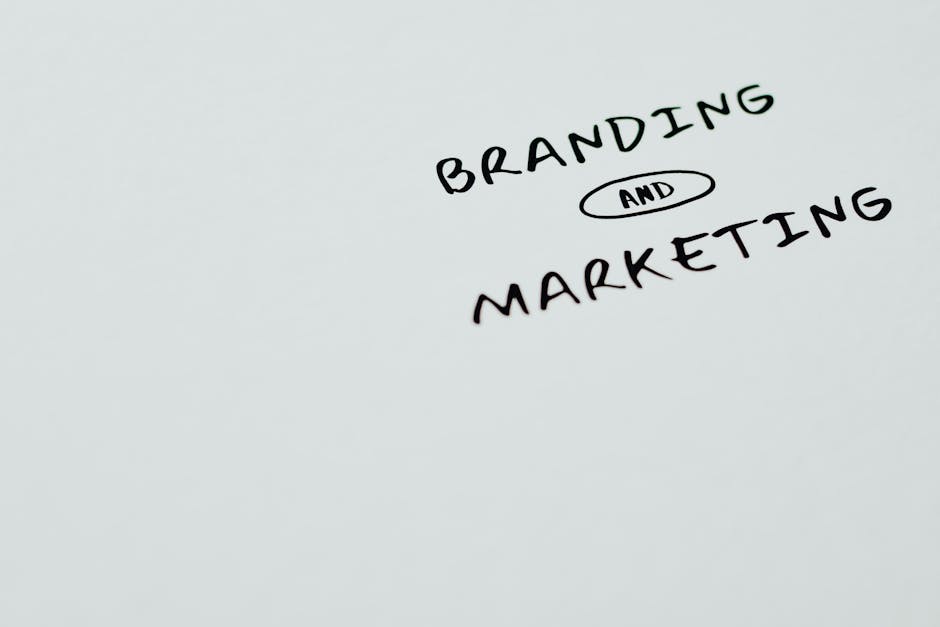- Branded Rx
- The preparation and presentation of prescription drug marketing materials that feature a specific brand name.
- PI alignment
- A process ensuring that promotional content aligns with the approved prescribing information.
- Fair balance
- The regulatory requirement that drug advertisements provide balanced information about benefits and risks.
Introduction
The industry demands uncompromised standards in branded Rx drug marketing. This section explores how consistent ad content—whether digital displays or printed materials—creates a solid defense against regulatory pitfalls. Insights from recognized frameworks such as those recommended by the FTC, and intelligence from platforms like IntelligenceBank and P360, underscore that error-free advertisement presentation is a strict obligation. This rigor aligns with the FDA’s established drug advertising regulations and the scrutiny by courts and agencies alike.

Identifying Common Pitfalls
This section methodically examines frequent compliance missteps that have significant consequences. The pitfalls include:
- Side effects omitted due to constraints in layout.
- Translation mismatches in multilingual advertisements.
- Missing disclaimers in final drafts.
- Language surrounding adverse events softened during edits.
- Accidental inclusion of competitor brand names.
- Conflicting claims across various content formats.
Historical examples from companies such as Pfizer and Merck illustrate that these oversights can lead to severe regulatory pushback, resulting in extensive legal challenges and damaged reputations.
Ensuring Cross-Format Consistency
Multi-format campaigns require rigorous synchronization of content. In this section, the focus is on how maintaining factual and legal consistency across different formats—such as docx briefs and HTML web pages—is paramount. When layouts are reformatted, critical details may inadvertently shift or be omitted. Major pharmaceutical firms overcome these complexities by deploying dual-verification processes: automated tools combined with manual expert reviews ensure that every version of an advertisement meets high standards.
The Role of Legal Reviews and Regulatory Standards
Legal oversight is non-negotiable when it comes to upholding regulatory standards. Here, the discussion outlines the legal review process that spans from initial draft to final publication. Key checkpoints include ensuring that content fulfills the fair balance requirement and maintains integrity in safety information presentation. By fostering close collaboration between marketing teams and legal experts, companies can seamlessly integrate compliance checkpoints into their workflows.
"In our experience, pre-publication legal reviews saved us from potential compliance pitfalls that could have cost millions in regulatory fines."
This real-world insight, drawn from industry letters including those from the OPDP, reiterates the value of proactive legal reviews.
Enforcement Triggers: FDA vs. OPDP
| Trigger Type | Example | Risk Level |
|---|---|---|
| Content Omission | Missing side effects listing | High |
| Translation Issues | Misaligned multilingual content | Medium |
| Disclaimer Errors | Omitted or misplaced legal disclaimers | High |
| Inconsistent Claims | Different claims across media platforms | High |
| Considerations: Maintain rigorous internal audits and frequent cross-disciplinary reviews to avoid similar enforcement actions. Keywords: compliance monitoring, regulation adherence, safety information. | ||
Practical Checklists and Compliance Tools
A comprehensive checklist is essential to solidify a robust compliance framework. This checklist includes mandatory reviews at multiple stages:
- Initial content drafting with an emphasis on accurate translation and robust disclaimer placement.
- Intermediate checks during layout format conversions (e.g., from docx to HTML).
- Final verification of adverse event language and fact consistency across platforms.
Adopting advanced content management systems that track revisions and flag deviations in real time can further enhance compliance management. Frameworks suggested by the FTC support these measures, empowering organizations to preempt regulatory issues through proactive training and stringent process monitoring.
Proactive Strategies and Best Practices
Rather than reacting to compliance failures, adopting proactive strategies is key. Historical narratives of industry challenges serve as compelling lessons:
One multinational pharmaceutical corporation completely overhauled its marketing process—from creative ideation to final publication—achieving a dramatic reduction in compliance errors. This success was driven by continuous training, real-time collaboration between creative and legal departments, and the integration of technology to catch issues early on.
Read More About Proactive Strategies and Case Examples
Detailed case studies have shown that proactive compliance measures can minimize regulatory inquiries significantly. Companies have reported up to a 50% reduction in compliance-related errors after implementing regular audits, cross-functional communication protocols, and advanced digital verification tools. These strategies not only reduce risk but also enhance the overall quality and clarity of marketing content.
Conclusion: Embedding Compliance in Every Step
Effective pharmaceutical marketing is built on a foundation of uncompromising compliance. Every stage of content development—from conception to final review—must integrate strict use of checklists, dual-verification processes, and legal reviews. This comprehensive approach significantly lowers the risk of regulatory penalties and helps preserve the ethical integrity of promotional campaigns.
The principle that investing in robust, defensible compliance infrastructure yields long-term benefits is reinforced by both anecdotal evidence and industry benchmarks. As regulatory frameworks evolve and scrutiny intensifies, organizations must prioritize continuous improvement and proactive oversight.
